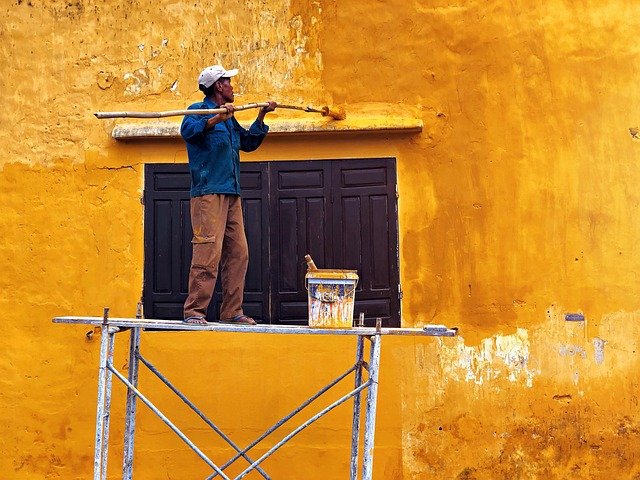Identifying and Stopping Masonry Stack Leaks Before They Escalate
Masonry stack leaks can begin as small, hard-to-detect issues in the mortar, crown, or flashing but quickly lead to interior damage, mold, or structural decay if left unattended. Early detection, routine inspection, and targeted maintenance help control water intrusion and the secondary problems it creates for masonry stacks, liners, and adjacent building materials.

Masonry stack leaks often start subtly: a dark streak on the exterior, a damp patch on an attic wall, or a musty odor in a room. Because water follows the path of least resistance, a minor crack in mortar or a failed cap can let moisture travel through the stack and into framing or finishes. Regular inspection and targeted repair reduce the chance of escalated damage to the liner, flue, and nearby structural elements, and help maintain safe ventilation and combustion performance for any connected fireplace or appliance.
Flue and liner: how they affect leaks
The flue and its liner are the internal pathways that channel combustion gases out of the building. When a masonry stack leaks, water can penetrate the flue system, eroding mortar and degrading the liner material over time. A compromised liner may allow water and combustion byproducts to contact masonry and framing, increasing the risk of freeze-thaw damage and reducing ventilation efficiency. Inspecting the flue and liner for cracks, spalling, or displaced tiles is essential during any masonry assessment so repairs can address both moisture routes and combustion safety.
Soot and creosote: warning signs
Soot and creosote buildup inside a flue can indicate poor draft or incomplete combustion, but these deposits also interact with moisture to accelerate deterioration. Wet creosote is sticky and acidic, which can stain masonry and speed up mortar breakdown. Visible soot streaks on exterior masonry or unusual sooting patterns inside a fireplace are inspection cues that both cleaning and an evaluation of ventilation are needed. Professional cleaning combined with checking for water intrusion reduces the combined effects of deposits and moisture on the stack.
Cap and ventilation: role in leak prevention
A sound chimney cap and adequate ventilation are primary defenses against water entry. Caps block direct rain and downdrafts while allowing flue gases to escape; missing or damaged caps let water and debris into the stack. Proper ventilation above and around the masonry stack prevents trapped moisture that can lead to mildew or freeze-thaw cycles. During inspection, ensure the cap fits the stack, the crown is intact, and vents or dampers operate correctly to maintain consistent airflow and minimize infiltration.
Masonry and waterproofing to prevent leaks
Masonry performance depends on tight joints, good mortar, and protective surfaces. Mortar joints that have eroded or cracked allow water to follow joints into the stack; repointing with compatible mortar restores the barrier. Waterproofing measures such as breathable masonry sealers and a properly formed crown redirect water away from vulnerable areas without trapping moisture behind the masonry. Waterproofing should be selected to match the masonry’s porosity and historical materials to avoid sealing in moisture that would otherwise evaporate.
Drafts and sealing: inspection checklist
Drafts or irregular airflow can be a symptom of leaks or structural gaps. Test for drafts by observing smoke patterns from a small, controlled source in a fireplace or using simple airflow tests at dampers and openings. Check flashing at the base of the stack where it meets the roof, inspect the roofline for displaced shingles, and look for mortar cracks and spalled bricks. Sealing around openings and properly installing or repairing flashing reduces routes for both air and water, improving ventilation and decreasing energy loss.
Restoration and maintenance for your fireplace
Restoration and ongoing maintenance protect the whole system: the visible masonry, the liner, the cap, and internal flue surfaces. Restoration often involves repointing mortar, replacing a deteriorated crown, installing or repairing flashing, and, when necessary, relining the flue with a suitable liner material for improved safety and longevity. Routine maintenance—annual inspection, chimney sweeping when soot or creosote accumulates, and seasonal checks of caps and waterproofing—keeps small leaks from becoming costly restoration projects. Local services and qualified contractors in your area can perform systematic inspections and advise on compatible materials for repair.
Conclusion Addressing masonry stack leaks early combines careful inspection, appropriate sealing and waterproofing, and routine maintenance of the flue, liner, cap, and surrounding masonry. Observing signs such as soot patterns, damp spots, and draft irregularities, and responding with targeted repairs and preventive measures, helps preserve structural integrity and ventilation performance while reducing the potential for costly restoration down the line.





